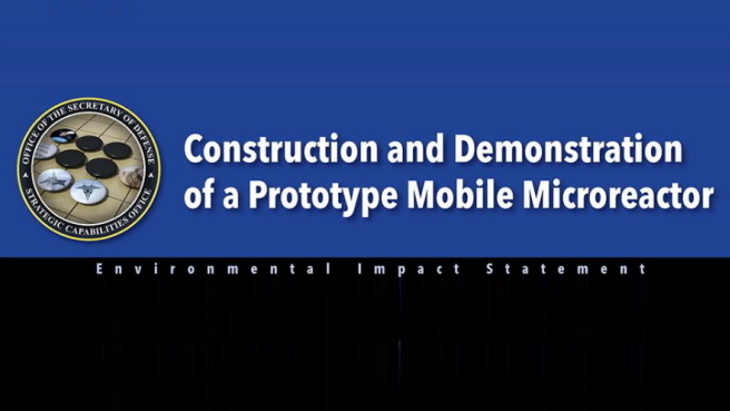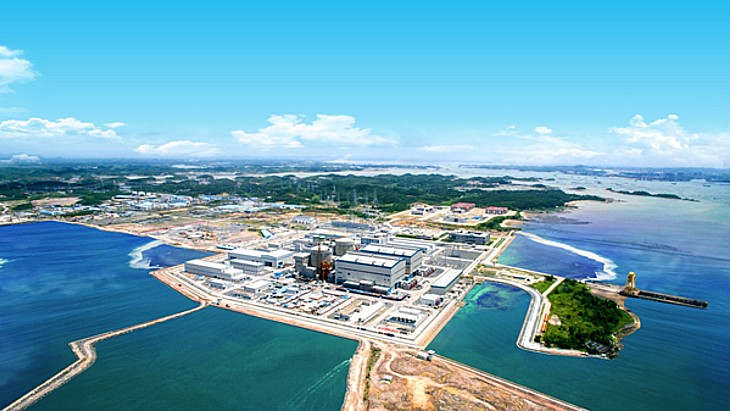The project to develop a mobile reactor is known as Project Pele, and aims to design, build and demonstrate a prototype mobile nuclear reactor within five years, leveraging state-of-the-art technologies and recent advances in nuclear engineering to deliver an inherently safe nuclear reactor. The reactor will be designed to provide reliable and resilient power, while minimising risk of nuclear proliferation, environmental damage or harm to nearby personnel or populations.
Earlier this year, the SCO selected BWXT Advanced Technologies and X-energy LLC to develop a final design for the prototype mobile microreactor, which is to be a small, advanced gas-cooled reactor using high-assay low-enriched uranium (HALEU) tristructural isotropic (TRISO) fuel, capable of producing 1 to 5 MWe.
The draft EIS, which has been prepared in accordance with the National Environmental Policy Act, analyses the potential environmental consequences of the proposed construction and demonstration of a prototype advanced mobile nuclear microreactor to support DoD domestic and operational energy demands. This includes construction of the prototype microreactor and demonstration activities at the Idaho National Laboratory (INL).
According to the draft EIS, the mobile microreactor modules making up the reactor would be manufactured at the commercial facilities of either either BWXT Advanced Technologies or X-energy. Fuel fabrication would be carried out at BWXT facilities using existing DOE stockpiles of HEU and depleted uranium. The final assembly and demonstration of the reactor would be carried out at INL "using DOE technical expertise and facilities at MFC [Materials and Fuels Complex] and CITRC [Critical Infrastructure Test Range Complex]".
"As one of the largest users of energy in the world, DoD installations need the capability to reduce their present reliance on local electric grids and diesel-fuelled generators. Advanced nuclear power is capable of meeting the DoD's need to increase energy security and resilience, but must demonstrate its technical and safety specifications at full size and power. The joint effort between SCO and DOE makes use of DOE expertise, material, laboratories, and authority to construct and demonstrate this prototype microreactor," SCO says in a website dedicated to the EIS.
The public comment period will run to 9 November, and SCO envisages making the final EIS available in January 2022.






_84504.jpg)
_58447.jpg)





